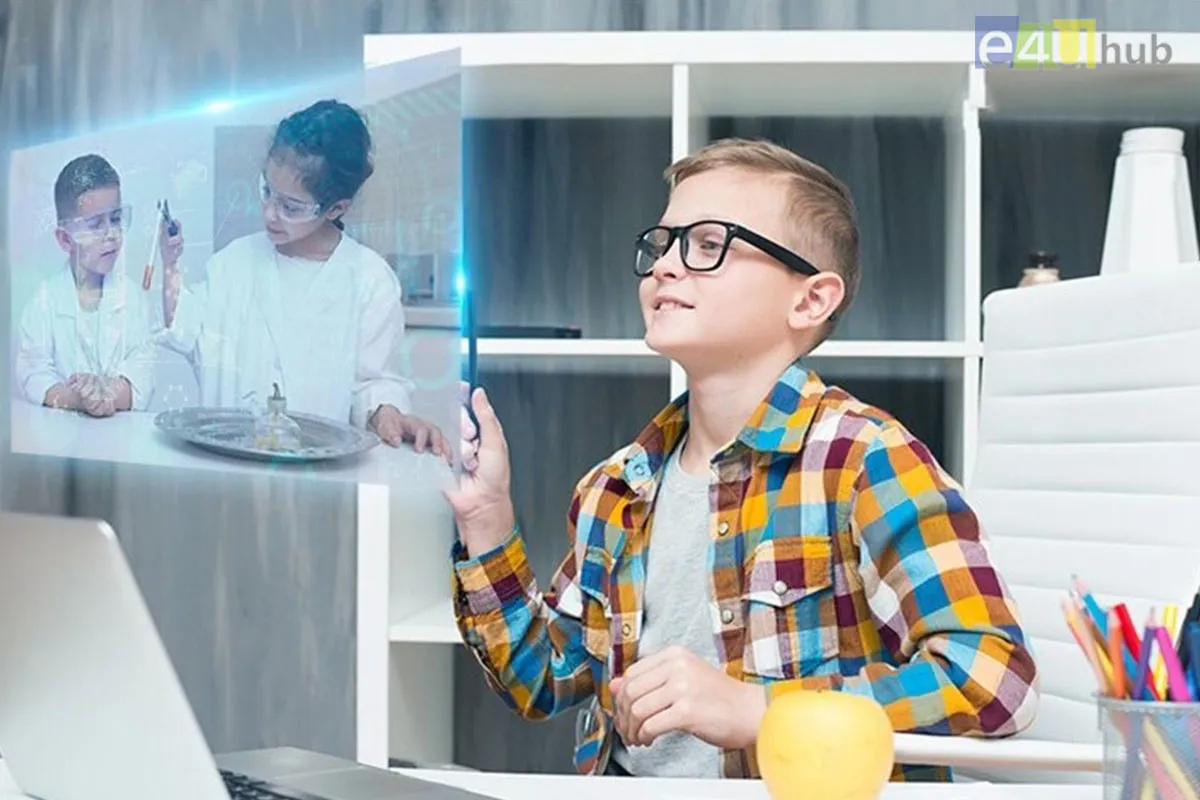
7 Positive Effects Of Technology On Education
- 14 Feb, 2024
- Tech
- 918 Views
- 0 Comments
Technology has revolutionized the field of education, transforming the way students learn and educators teach. From interactive digital resources to online learning platforms, technology has opened up new avenues for accessing information, engaging with course material, and collaborating with peers. In this blog post, we'll explore seven positive effects of technology on education, highlighting how it has enhanced learning outcomes, expanded access to education, and empowered both students and educators.
1. Enhanced Learning Experience:
Technology has enriched the learning experience by providing multimedia resources, interactive simulations, and immersive educational content. Through videos, animations, and virtual reality applications, students can visualize complex concepts, dynamically engage with course material, and deepen their understanding of key topics.
2. Personalized Learning:
Technology allows for personalized learning experiences tailored to individual student needs, interests, and learning styles. Adaptive learning platforms use algorithms to analyze student performance and provide customized learning pathways, ensuring each student receives targeted support and challenges appropriate to their skill level.
3. Increased Access to Education:
Technology has democratized access to education, breaking down geographical barriers and providing opportunities for remote and underserved populations to access high-quality learning resources. Online courses, digital textbooks, and open educational resources (OERs) enable students from diverse backgrounds to pursue education at their own pace and convenience.
4. Collaboration and Communication:
Technology facilitates collaboration and communication among students and educators, regardless of physical location. Online discussion forums, video conferencing tools, and collaborative platforms enable students to engage in group projects, share ideas, and participate in meaningful discussions, fostering a sense of community and collaboration in the virtual classroom.
5. Real-World Application:
Technology enables students to connect classroom learning to real-world applications, preparing them for future careers and equipping them with practical skills. Through simulations, case studies, and project-based learning activities, students can apply theoretical knowledge to real-world problems, gaining valuable hands-on experience and critical thinking skills.
6. Instant Access to Information:
The internet provides instant access to a vast wealth of information and resources, empowering students to conduct research, explore new topics, and access up-to-date information from reputable sources. Online databases, digital libraries, and academic journals enable students to deepen their understanding of subjects and pursue independent inquiry.
7. Professional Development for Educators:
Technology supports ongoing professional development for educators, providing access to training resources, instructional tools, and networking opportunities. Online courses, webinars, and virtual conferences enable educators to enhance their teaching skills, stay abreast of emerging trends in education, and connect with peers to share best practices and resources.
Conclusion:
Technology has had a transformative impact on education, revolutionizing the way students learn, educators teach, and knowledge is accessed and shared. From enhancing the learning experience and increasing access to education to fostering collaboration and communication, technology has opened up new possibilities for learning and empowerment. By harnessing the potential of technology to support personalized learning, cultivate critical thinking skills, and prepare students for success in the digital age, we can continue to harness its positive effects to shape the future of education.




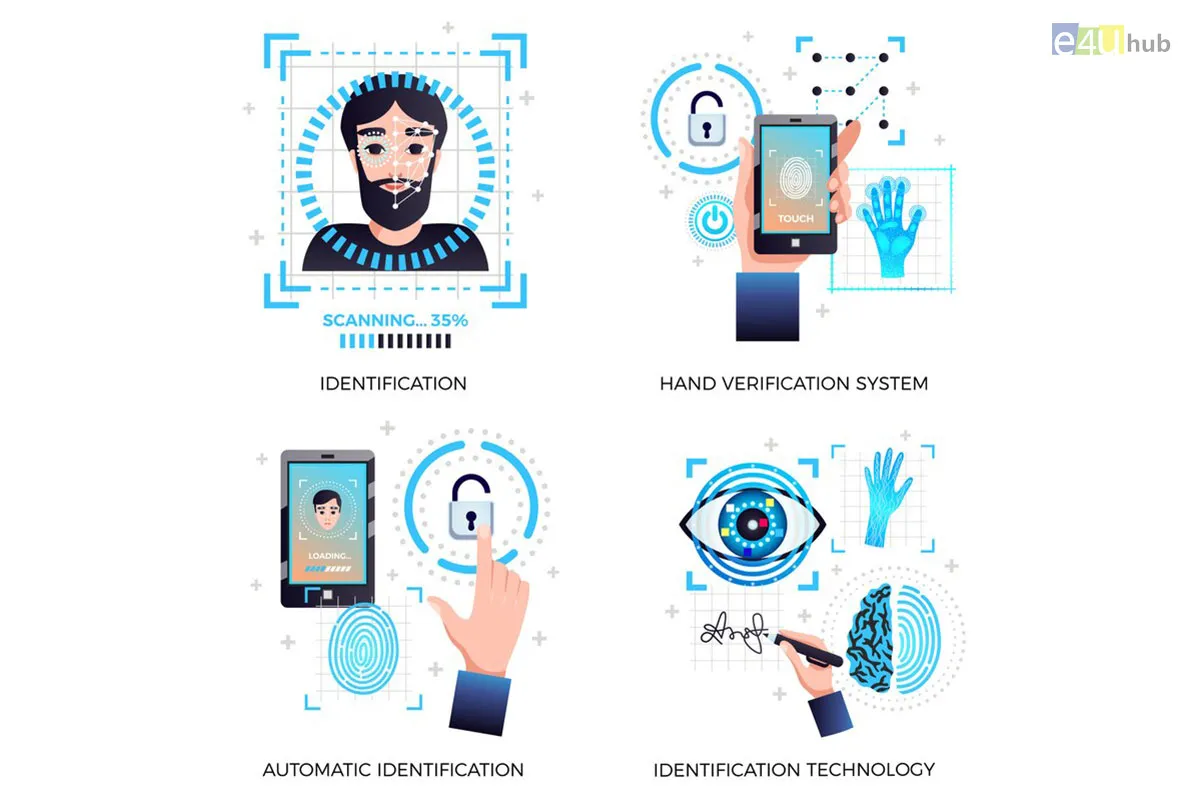

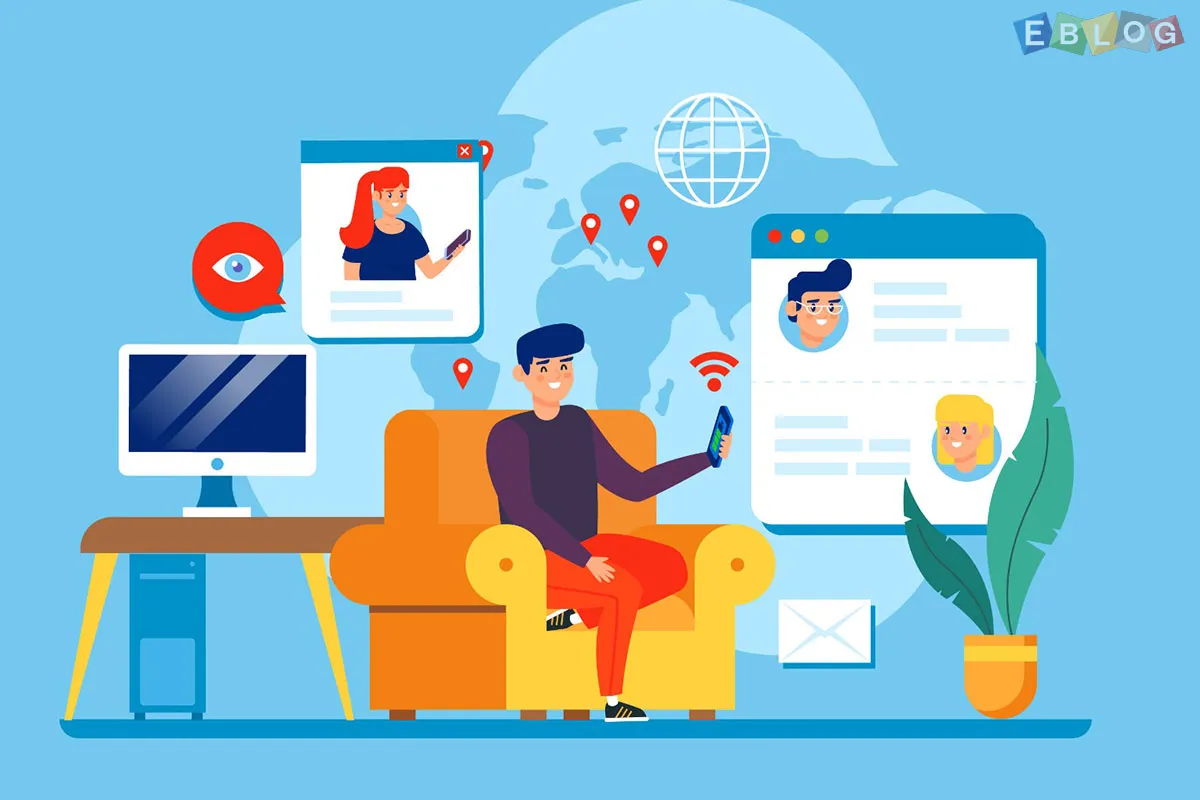



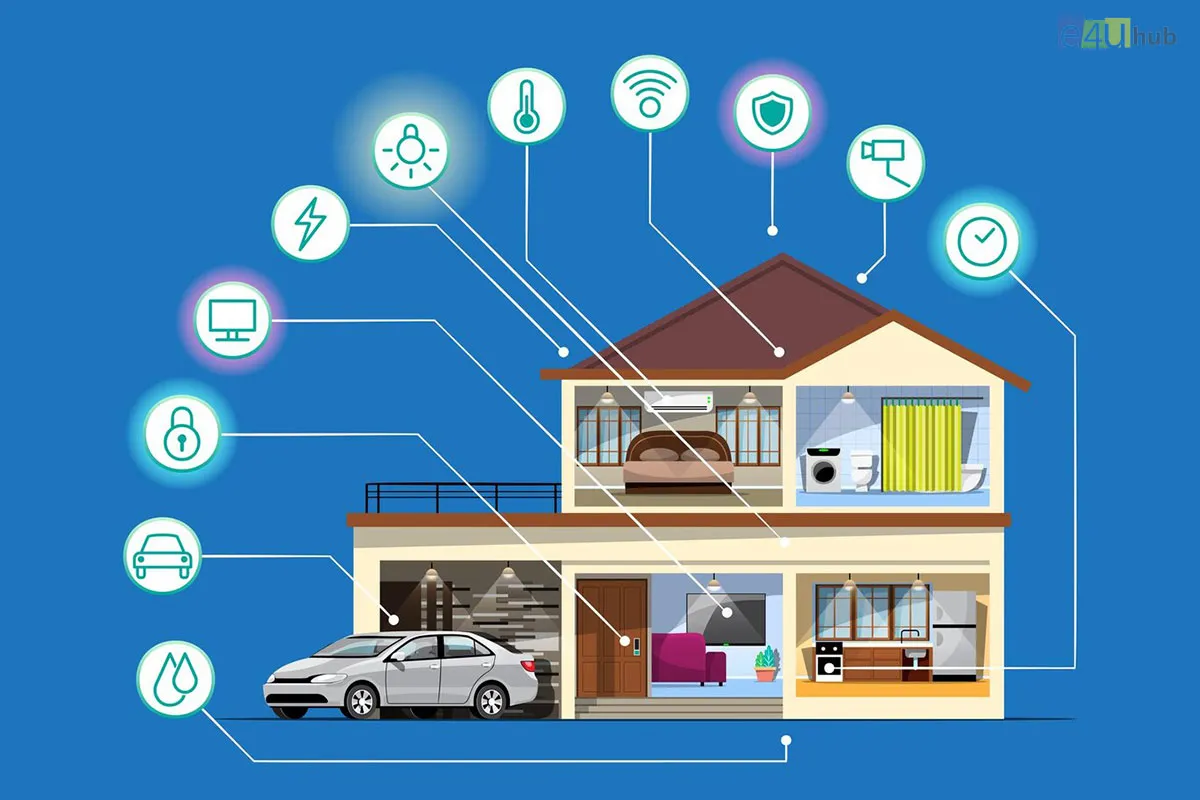
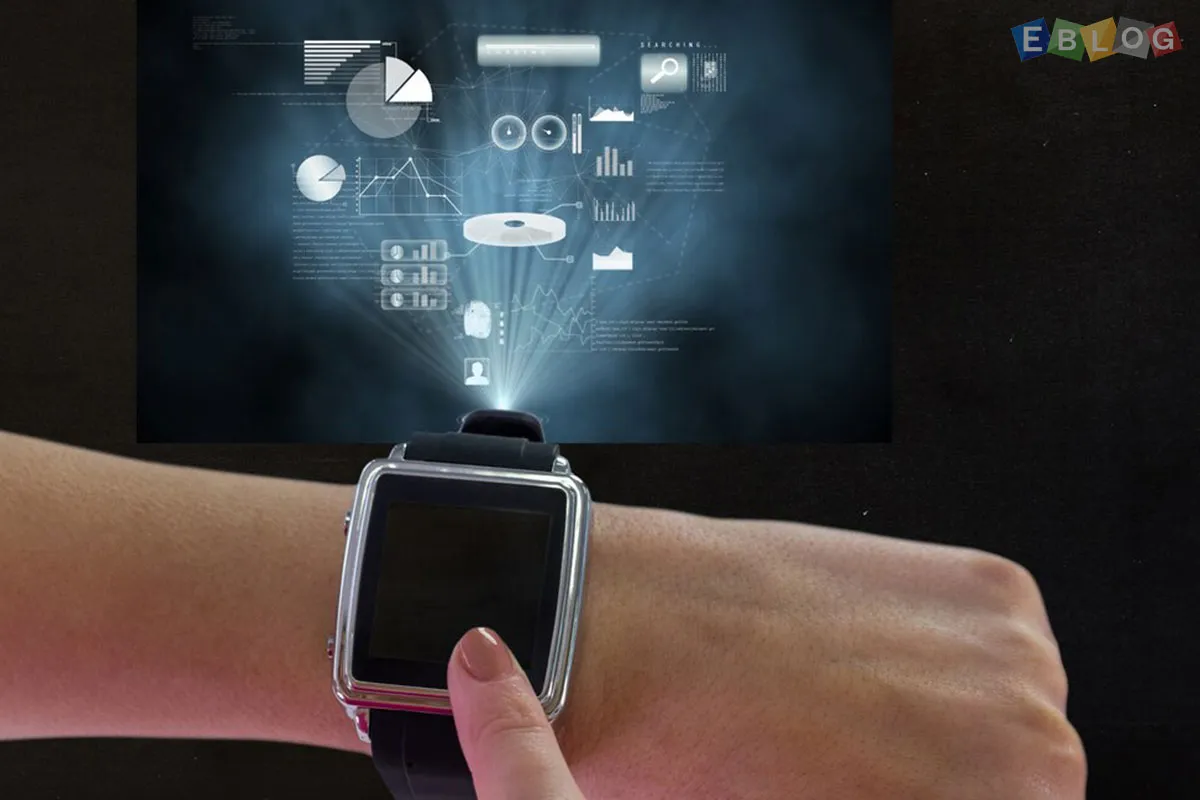



Leave a Reply